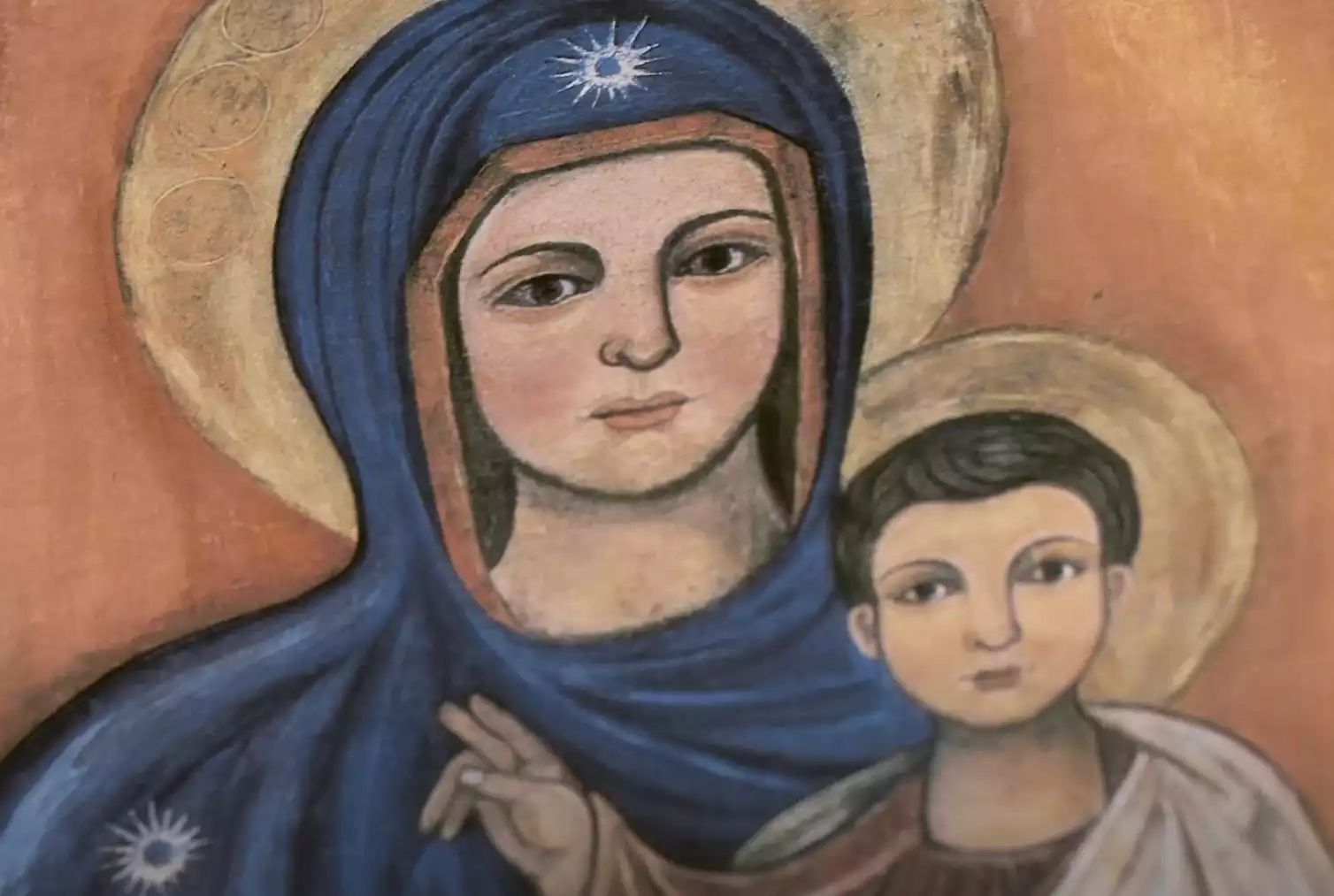
The Maronite Church, an Eastern Catholic Church in full communion with the Holy See, uniquely embodies a blend of Western and Eastern Christian traditions. It traces its roots to St. Maron, a 4th-century Syrian hermit whose followers, the Maronites, played a pivotal role in shaping its identity. This church, established in the rugged mountains of Lebanon, has historically been a bastion of Christian faith and culture in the Middle East.
This ancient church, enduring through centuries, represents not only a religious entity but also a custodian of a rich Syriac heritage. Initially, the Maronites maintained allegiance to the Syrian Monophysites, yet later, they affirmed their unity with the Roman Catholic Church, a pivotal moment in their history. This connection with Rome has shaped their liturgical and theological framework, while they have preserved their unique Syriac traditions and language.
The Maronite liturgy, predominantly in Syriac, a dialect of Aramaic, the language spoken by Christ, offers a distinctive blend of ancient Eastern rites with Western influences. This liturgical richness contributes significantly to the theological and cultural diversity of the universal Catholic Church.
Liturgical Traditions and Syriac Heritage
The Maronite Church’s liturgical practices stand as a testament to its historical journey. Rooted deeply in the Syriac Christian tradition, the liturgy encapsulates elements that highlight its Eastern origins, while also reflecting the influence of its communion with the Roman Catholic Church. The Maronite liturgy, particularly the Qurbono or the Divine Liturgy, is celebrated in Syriac and Arabic, symbolizing the church’s deep connection to its Middle Eastern roots and its adaptability to the evolving linguistic and cultural landscape of its adherents.
This liturgical diversity is not merely a ritualistic characteristic but serves as a bridge connecting the Maronite faithful to their ancient heritage and the universal church. The use of Aramaic, particularly in the Consecration, offers a profound connection to the language of Christ, enriching the spiritual experience of the worshippers.
Moreover, the Maronite liturgical calendar, with its unique feasts and commemorations, mirrors the historical and theological evolution of the church. It includes commemorations of Maronite saints, such as St. Charbel and St. Rafqa, who embody the spiritual resilience and mystic traditions of the Maronite heritage.
Maronite Diaspora and Modern Adaptations
The Maronite Church, while deeply rooted in the mountains of Lebanon, has witnessed a significant diaspora, spreading across the globe. This dispersion has played a crucial role in the evolution and modernization of the Church. In countries like the United States, Brazil, Australia, and Canada, Maronite communities have flourished, contributing to a global Maronite identity that transcends geographic boundaries.
This diaspora has necessitated adaptations in liturgical practices and community life to accommodate the diverse cultural contexts in which Maronites find themselves. Despite these adaptations, the Maronite Church has consistently maintained its core theological and liturgical principles, ensuring the preservation of its rich heritage. These communities abroad have become vital in spreading awareness of the Maronite tradition and in participating actively in the life of the universal Church.
The role of the Maronite Church in ecumenical dialogue is particularly noteworthy. Its unique position, straddling Eastern and Western Christian traditions, allows it to act as a bridge between various Christian denominations. This ecumenical spirit is evident in the Church’s ongoing efforts to foster understanding and unity among Christians, especially in the Middle East, a region often torn by religious and political strife.
The conclusion of this discussion on the Maronite Church highlights its resilience and adaptability. From its origins as a monastic community in the Lebanese mountains to its global presence in the modern world, the Maronite Church has navigated through historical challenges while preserving its unique identity. Its liturgy and traditions continue to be a vibrant testimony to the enduring legacy of Eastern Christianity, enriched by its communion with the Roman Catholic Church.
References
- Frazee, C. A. “Catholics and Sultans: The Church and the Ottoman Empire 1453-1923.” Cambridge: Cambridge University Press, 1983.
- Moosa, M. “The Maronites in History.” Syracuse: Syracuse University Press, 1986.
- Salibi, K. “A House of Many Mansions: The History of Lebanon Reconsidered.” Berkeley: University of California Press, 1988.
- Waldman, T. “Community, Identity and the State: Comparing Africa, Eurasia, Latin America and the Middle East.” New York: Routledge, 2014.
